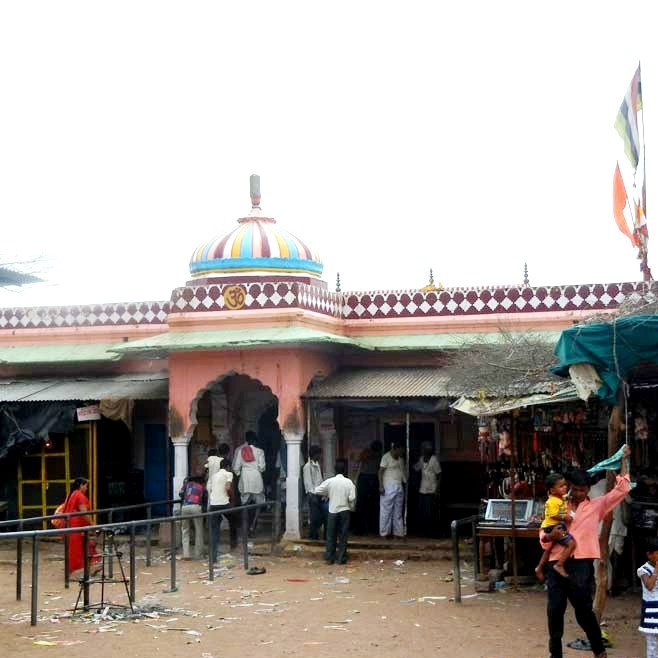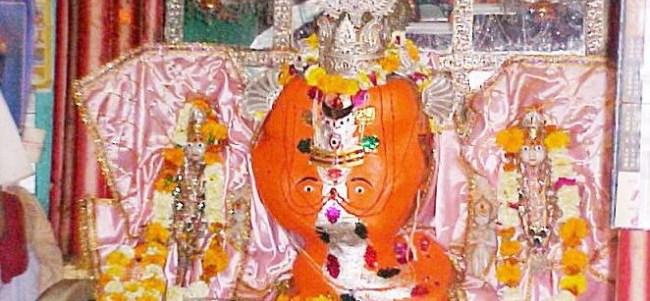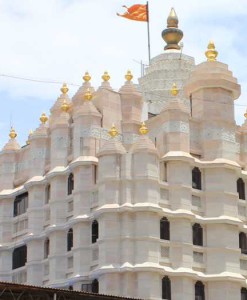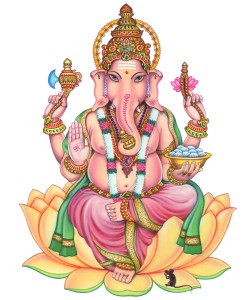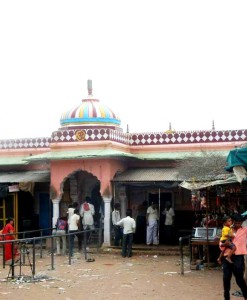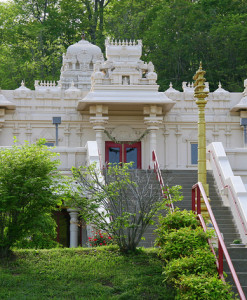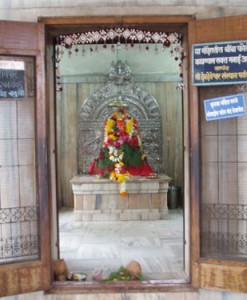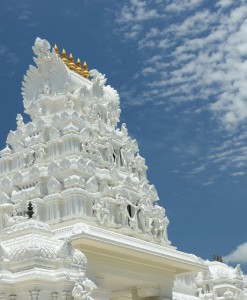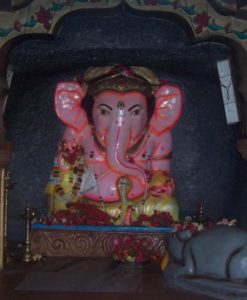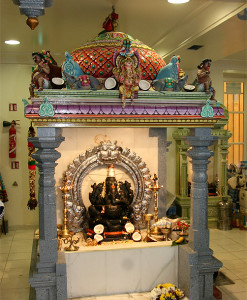No products in the cart.
SawaiMadhopur District is a district of Rajasthan state in western India. Sawai Madhopur is the chief town and district headquarters. It is bounded by Dausa District on the north, Karauli District on the northeast, Jaipur District on the northwest, the Chambal River on east across the border of Madhya Pradesh state, Kota District on the southeast, Bundi District on the south, and TonkDistrict on the west.
Ganesh ji Temple,Ranthambore, Rajasthan
- ABOUTTHE TEMPLE
- HISTORY
- LEGEND
- ARCHITECTURE
- POOJAS AND FESTIVALS
- HOW TO REACH
- ADDITIONAL INFORMATION
- VIDEOS
When we say “PrathamGanesha” in Hindu religion, it is believed to be the TrinetraGanesha of Ranthambhore. Located in Ranthambore fort of Rajasthan state of India, The TrinetraGanesha Temple is the famous and oldest temple of Lord Ganesha in Rajasthan that comprises of his whole family all together at one place. The temple is about 12 kms from SawaiMadhopur and is well established in Ranthambhore fort.
According to the history behind this temple, it is said that in 1299 AD, a war took place between King Hammeer and AlauddinKhilji at the Ranthambore fortification. During the war time, they filled there godowns with foods and other necessary things in Ranthambhore Fort, where the King dwells. As the war lasted for many years, the stored things in godowns were getting over. King Hammer was a great devotee to God Ganesh.
One night when he was sleeping, Lord Ganesh came in his dream and said that all the lacking and problems would be over by tomorrow morning. Next day morning, an idol of Lord Ganesh with three eyes (Trinetra) stamped from one of the walls of the fort. Also, a miracle took place and the war got over while the godowns got filled again. In 1300 AD, King Hammer built a temple of Lord Ganesh. He placed the idol of Lord Ganesh, Riddhi Siddhi (his wife) and two sons (ShubLabh) along with the idol of mushak (mouse, his vehicle).
Legend says that during a battle between King Hameer (King of Ranthambhore) &AlauddinKhilji in 1299 AD, all food items and essential items were exhausted quickly. King Hammer was an ardent devotee of Lord Ganpati. During the war, King Hammat dreamt about Ganesh Ji. Lord Ganesha told him that the next morning all his problems would come to an end. And lo! The next day, he saw an idol of Lord Ganesha with three eyes (Trineta) miraculously embossed on one of the fort’s wall. And, to add to everyone’s surprise all the godowns of the fort were filled with food and essential supplies!
King Hammer constructed the TrinetaGanesha Temple, Ranthambore in 1300 AD and installed the idols of Lord Ganesha along with his wives Riddhi-Siddhi and two sons, Shubh-Labh.
On Ganesh Chaturthi, the temple attracts thousands of devotees each year. This is a must visit temple for a Ganesha devotee.
The Ranthambhore fort, in turn, is said to have got its name from two adjoining hills – Rann and Thambhore. It lies on the Thambhore hill, overlooking the Rann and offers some breathtaking views of the Park.
The walls of the fort are about 7 kilometers in length and include an area of nearly 4 square kilometers. All around the fort, one can see many old ruins, including palaces, temples, cenotaphs, step-wells and houses.
The Ranthambore fort is surrounded by massive stonewalls which are strengthened by towers and bastions. The stone for the masonry was mined from inside the Fort and the mines were later turned into ponds for water storage.
The main approach to the Fort lies through a narrow valley, which had four fortified gateways. Of these, only the first gate – Misradhara gate, is still standing. There are many ruined buildings inside the Fort, with Hammeers Court, Badal Mahal, Dhula Mahal and PhansiGhar being the most prominent of them. The Fort also has many cenotaphs, temples and gates.
The Ganesh Temple, which lies very close to the main entry gate to the Fort, attracts a steady flow of pilgrims, mainly from the rural hinterland. During the annual Ganesh festival, tens of thousands of pilgrims visit the temple, from all over the country.
Most of the visitors to the Fort tend to stay in the Western part of the Fort. Very few visitors go to the eastern part of the fort, which is nearly wild. A small perennial stream called Gupt Ganga flows in this part of the Fort. Here one can see a large number of birds, Langurs, the odd small cat and sometimes, even leopards.
For years, Hindus from around the world come to this temple to worship Lord Ganesh, the God of Education, Wisdom, Good, Fortune and Wealth. There are mainly five types of aartis taking place every day in this well-known temple – PrabhatAarti (early morning aarti), SringarAarti at 9 am, Bhog at 12 noon, SandhayaAarti during Sunset (6:30 in the Summer and 5:45 in the winters) and ShayanAarti taking place at 8 pm. This is a prayer Corus followed by the priests of the temple and the devotees here.
By Road:
Ranthambore is well connected from all major cities and towns through the state bus service so that the people can easily take bus from the nearby residents to reach the place comfortably. Apart from the state bus service, tourists also have a choice to take the buses of local, luxury and private operators.The distance betwenn temple and Ranthambore is 45 Kms.
By Rail:
The nearest railway station that connects RanthamboreNational Park to other important cities is SawaiMadhopur Railway Station. The tourists can avail local bus, taxi, or cab to reach the Temple smoothly.
By Air:
The Temple can be reached through nearest Jaipur Airport (160 Km) which is well connected with regular domestic flights to Delhi, Mumbai
Ranthambore National Park is a place which is worth visiting. Spread across an area of 392 sqkms, Ranthambore National Park is situated in the SawaiMadhopur district of Rajasthan. It is one of the largest and famous National Parks in India.

